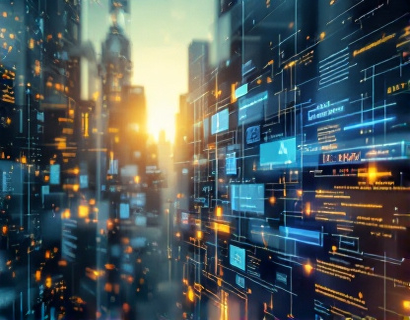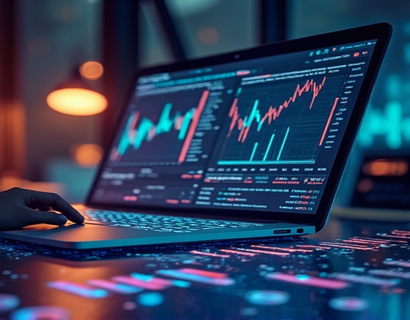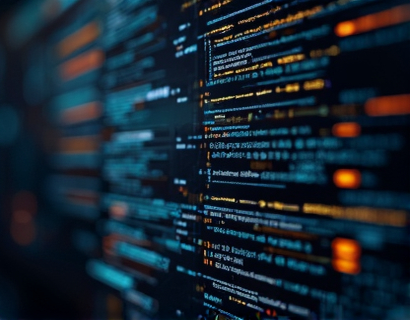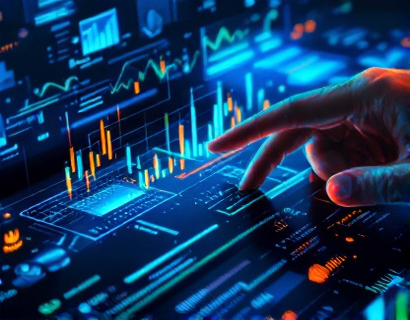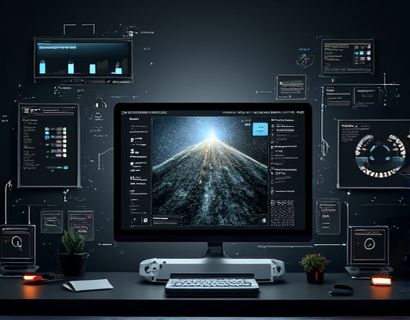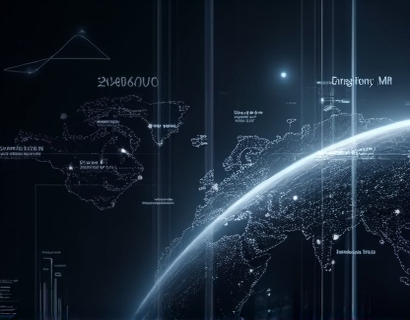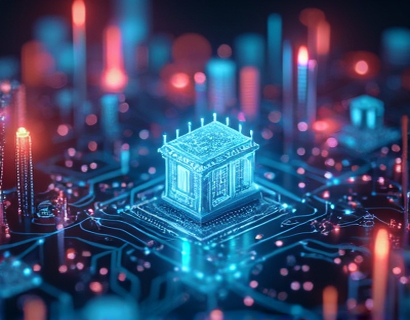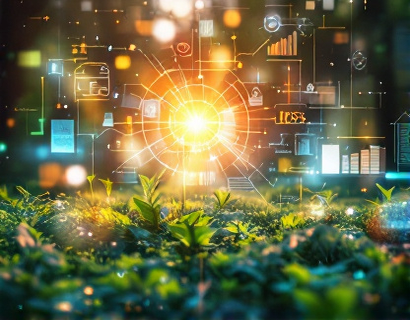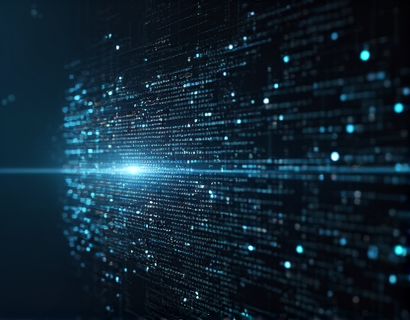Elevate Your Aquaponics Business with Advanced Software for Sustainable Farming Excellence
In the rapidly evolving world of sustainable agriculture, aquaponics stands out as a promising method that combines fish farming and hydroponics to create a closed-loop ecosystem. This innovative approach not only maximizes resource efficiency but also minimizes environmental impact. However, managing an aquaponics system effectively requires precise monitoring, control, and optimization of various parameters. To address these challenges, advanced software solutions have emerged, designed to elevate aquaponics management to new heights. This article delves into the benefits and functionalities of such software, highlighting how it can transform your aquaponics business into a model of sustainability and productivity.
Understanding the Importance of Advanced Software in Aquaponics
The complexity of aquaponics systems necessitates a robust and intelligent management tool. Traditional methods of monitoring and controlling these systems can be time-consuming and prone to human error. Advanced software solutions offer a comprehensive platform that streamlines operations, enhances productivity, and ensures the health of both fish and plants. These tools provide real-time data, automated controls, and predictive analytics, which are crucial for maintaining an optimal environment.
Key Features of Advanced Aquaponics Software
1. Real-Time Monitoring: Advanced software allows for continuous monitoring of key parameters such as water temperature, pH levels, dissolved oxygen, and nutrient concentrations. This real-time data is essential for making informed decisions and adjusting conditions as needed.
2. Automated Controls: Automation is a cornerstone of efficient aquaponics management. Software can control pumps, aerators, and feeders based on predefined parameters, ensuring that the system operates smoothly without constant manual intervention.
3. Data Analytics: By collecting and analyzing data over time, the software can identify trends and patterns that may indicate potential issues. This predictive capability helps in proactive management, reducing the risk of system failures and maintaining optimal conditions.
4. Integration Capabilities: Modern software solutions can integrate with various hardware components, including sensors, controllers, and even external systems like weather stations. This integration ensures a holistic approach to system management.
5. User-Friendly Interface: A well-designed interface makes it easy for farmers to navigate and manage their systems. Intuitive dashboards and clear visualizations help in quickly understanding the status of the aquaponics environment.
Enhancing Productivity and Efficiency
One of the primary benefits of using advanced software in aquaponics is the significant boost in productivity. By automating routine tasks and providing real-time insights, farmers can focus on higher-value activities such as planning, optimization, and expansion. Here are some specific ways software enhances efficiency:
- Optimized Resource Use: Precise control over water and nutrient levels ensures that resources are used efficiently, reducing waste and lowering operational costs.
- Increased Crop Yields: Maintaining optimal conditions for plant growth leads to healthier plants and higher yields. The software can adjust parameters to maximize growth rates and quality.
- Reduced Labor Costs: Automation reduces the need for constant manual monitoring, lowering labor costs and allowing farmers to allocate resources more effectively.
- Scalability: As the business grows, advanced software can scale with the operation, handling more complex systems and larger volumes of data without a decrease in performance.
Promoting Sustainability
Sustainability is at the core of aquaponics, and advanced software plays a vital role in achieving this goal. By minimizing resource consumption and environmental impact, these tools help farmers contribute to a more sustainable future. Key sustainability benefits include:
- Water Conservation: Aquaponics already uses significantly less water than traditional farming methods. Software optimizes water usage by precisely controlling recirculation and minimizing leaks.
- Reduced Chemical Use: By maintaining ideal conditions, the software reduces the need for chemical treatments, promoting a healthier ecosystem and safer produce.
- Carbon Footprint Reduction: Efficient resource use and reduced energy consumption contribute to a lower carbon footprint. Automated systems can also integrate renewable energy sources, further enhancing sustainability.
- Biodiversity Support: Healthy aquaponics systems support a diverse range of species, contributing to biodiversity. Software ensures that both fish and plants thrive, creating a balanced ecosystem.
Case Studies and Success Stories
Several aquaponics farms have successfully implemented advanced software solutions, achieving remarkable results. For instance, a medium-sized farm in the Midwest saw a 30% increase in crop yields and a 25% reduction in water usage after integrating an advanced management system. Another farm in California reported a 40% decrease in labor costs and a significant improvement in fish health and growth rates.
These success stories underscore the practical benefits of advanced software in aquaponics. Farmers who have adopted these tools have not only improved their operational efficiency but also enhanced their environmental stewardship, aligning with the growing demand for sustainable food production.
Challenges and Considerations
While the benefits of advanced software are clear, there are several considerations and potential challenges to keep in mind:
- Initial Investment: The upfront cost of implementing advanced software can be significant. However, the long-term savings and increased productivity often justify the investment.
- Technical Expertise: Farmers may need training to fully leverage the software's capabilities. Partnering with experts or providing comprehensive support can help overcome this challenge.
- System Compatibility: Ensuring that the software integrates seamlessly with existing hardware is crucial. Compatibility issues can hinder the effectiveness of the system.
- Data Security: Protecting sensitive data is paramount. Robust security measures must be in place to prevent unauthorized access and data breaches.
Future Trends in Aquaponics Software
The field of aquaponics software is rapidly evolving, with several emerging trends poised to further enhance management and sustainability:
- Artificial Intelligence and Machine Learning: AI and ML can predict system behavior, optimize operations, and detect anomalies more accurately than traditional methods.
- Internet of Things (IoT): The proliferation of IoT devices will enable more granular monitoring and control, providing even finer adjustments to system parameters.
- Cloud-Based Solutions: Cloud platforms offer scalable and accessible solutions, allowing farmers to manage their systems from anywhere with an internet connection.
- Integrated Ecosystem Management: Future software may focus on managing the entire ecosystem, including waste recycling and energy production, to create fully self-sustaining systems.
Conclusion
Advanced software for aquaponics management is a game-changer for farmers looking to elevate their operations. By providing real-time monitoring, automated controls, and data-driven insights, these tools enhance productivity, efficiency, and sustainability. As the industry continues to grow, the adoption of such software will become increasingly essential for staying competitive and environmentally responsible. Embracing these technological advancements is not just a step forward; it's a leap towards a more sustainable and prosperous future in aquaponics farming.




